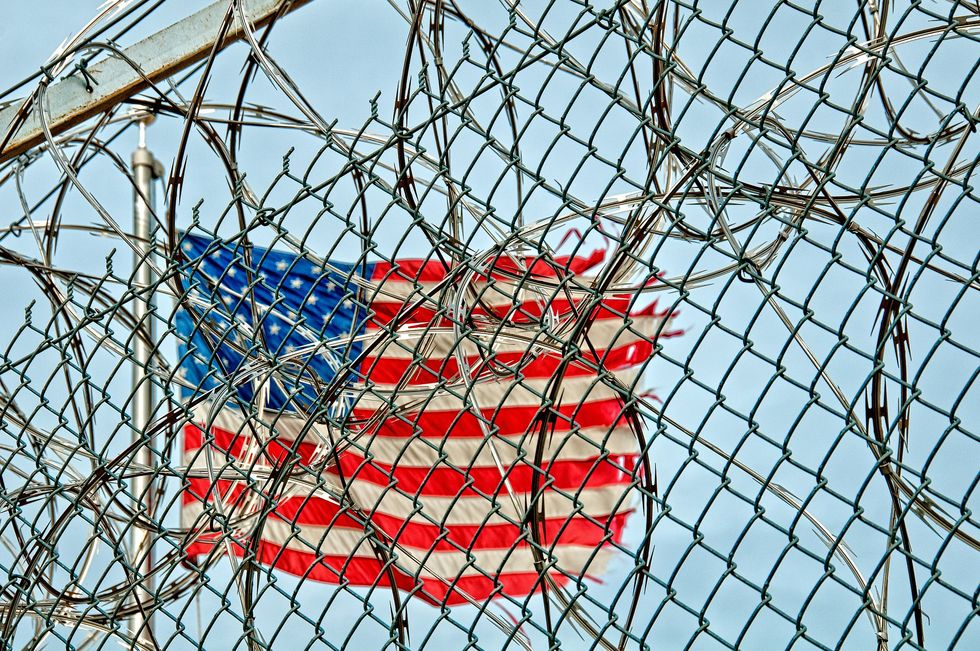With his grand vision and promise of a beautiful wall along the entire border slowly starting to chip away, Trump’s crackdown on undocumented immigrants seems to be taking a firmer shape in the domestic front: enforcement on the streets, detainment in the sheets. Back in January, he signed off on two executive orders. One focused more on explaining the buildup of infrastructure and process for detaining and deporting undocumented immigrants, while the other looked towards expanding the powers of local and state law enforcement to conduct the job of immigration officers, and the definition of who is prioritized by these “super cops.” So when we look at the infrastructure build up the most obvious was the wall; however, there was a more realistic project included that has a strong track record of making sense on paper but not in practice: detention centers.


Back in 2014, long before the current decision to throw more money at the problem, the cost of an immigrant detainee, including ICE operational cost, was around $160 per day. Considering the average cost of having someone in prison is around $85 a day, peaking at about $164 a day in New York, the cost of detaining individuals on taxpayer money is a little much. In comparison, estimates on the cost of alternative methods range anywhere from 70 cents to $17 per day, saving approximately $1.44 billion a year. Imagine what this money could be used for! We can use it to stimulate our workforce. Fix up some roads or bridges, we all know our infrastructure could use it. Can anyone say free burritos? Regardless of how we use this money if you’re feeling concerned about the use of alternative methods and whether or not people would run away when they’re not being held in a central location, rest assured that it wouldn’t really happen. In 2012, ISAPII, an alternative detention program run by ICE, reported that 97.4% of those enrolled actually attended their court hearing. This means a couple of things: people were away from potential health and life risks, we spent a great deal less in monitoring these people, and the program was an overwhelming success.
With all of this in mind, it’s difficult to support a decision that is counter-intuitive when faced with so much evidence. I am fully aware and understand the sentiments that some citizens may feel when it comes to pushing for fair treatment of undocumented immigrants that end up detained: they broke the law so we have no obligation to help “criminals.” However, regardless of whether or not you’re a human or immigrant rights activist, there are so many reasons to make this change: the abuse and corruption is out of hand, the wellbeing and lives of women and children are at risk, and it’s an extremely pretty penny we’re paying for this ineffective and inefficient service. All-in-all, this proves to be a test of whether or not we as a country will begin to stand by the humanitarian principles that we champion throughout the world or fall into the ranks of those that turn a blind eye. Remember, the world is watching and judging our every move, especially in this era.
Written with hope for a better future,
Nuno Pereira



















